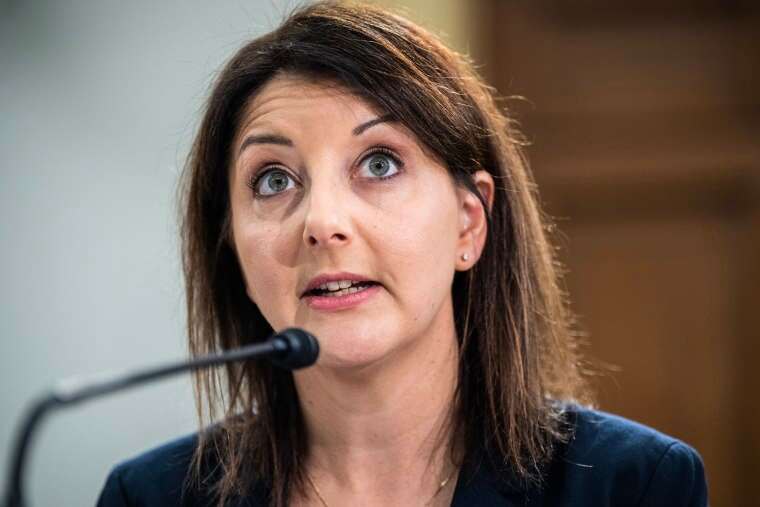The “upsurge” in respiratory illness in China is not from “a new or novel pathogen,” the director of the Centers for Disease Control and Prevention reassured members of Congress on Thursday.
The surge is concentrated in northern China, she said, where NBC News has reported hospitals have appeared to be “overwhelmed with sick children.” Since mid-October, the region has reported an increase in influenza-like illness compared to the same period in the previous three years, according to the WHO.
The uptick can instead be attributed to existing viruses and bacteria, including Covid, flu, respiratory syncytial virus, or RSV, and mycoplasma pneumoniae, Dr. Mandy Cohen said, backing up the explanation offered by Chinese authorities and accepted by the World Health Organization.
“But they are seeing an upsurge. We do have an office, the CDC does, in China,” she said. “And our officials have been in touch with our counterparts to ensure that we’re understanding the situation there.”
Cohen’s comments came in a House Energy and Commerce Committee hearing and marked her first testimony on Capitol Hill since taking over the post in the summer.
The United Nations health agency had taken the unusual step of publicly asking China to provide more information about the upsurge. The WHO said it received the requested data in a teleconference last week. Both the Chinese government and the WHO have faced criticism over a lack of transparency in the early days of the Covid pandemic.
Chinese authorities have attributed the uptick to the lifting of many of the strictest pandemic restrictions late last year, with this year marking the first full flu season since the end of the country’s “zero-Covid” policies. Such a surge in respiratory illnesses is characteristic of other countries that have lifted strict Covid restrictions, including Australia and New Zealand.
Chinese Foreign Minister Wang Yi told reporters at the U.N. on Wednesday that the surge is a common issue and “has been put under effective control.”
Health officials in China say they are working to increase the availability of health care providers and boost the supply of medicine, while advising parents of children with mild cases to avoid going to hospitals because of long wait times and the risk of cross-infections.




